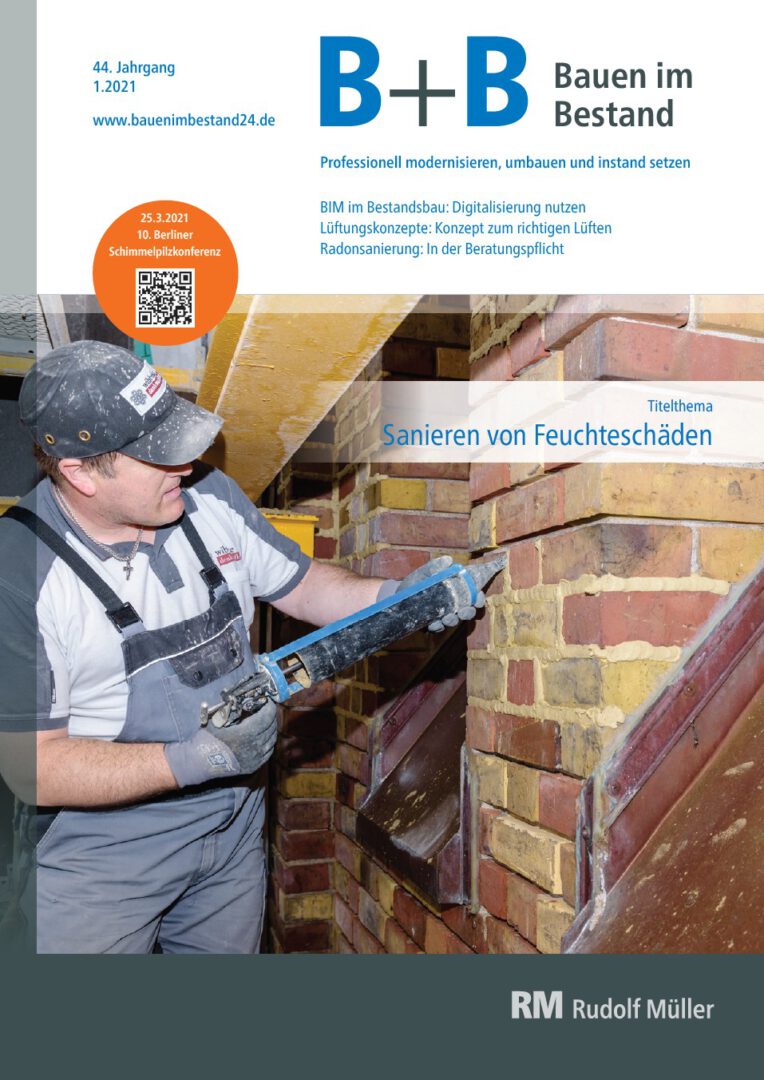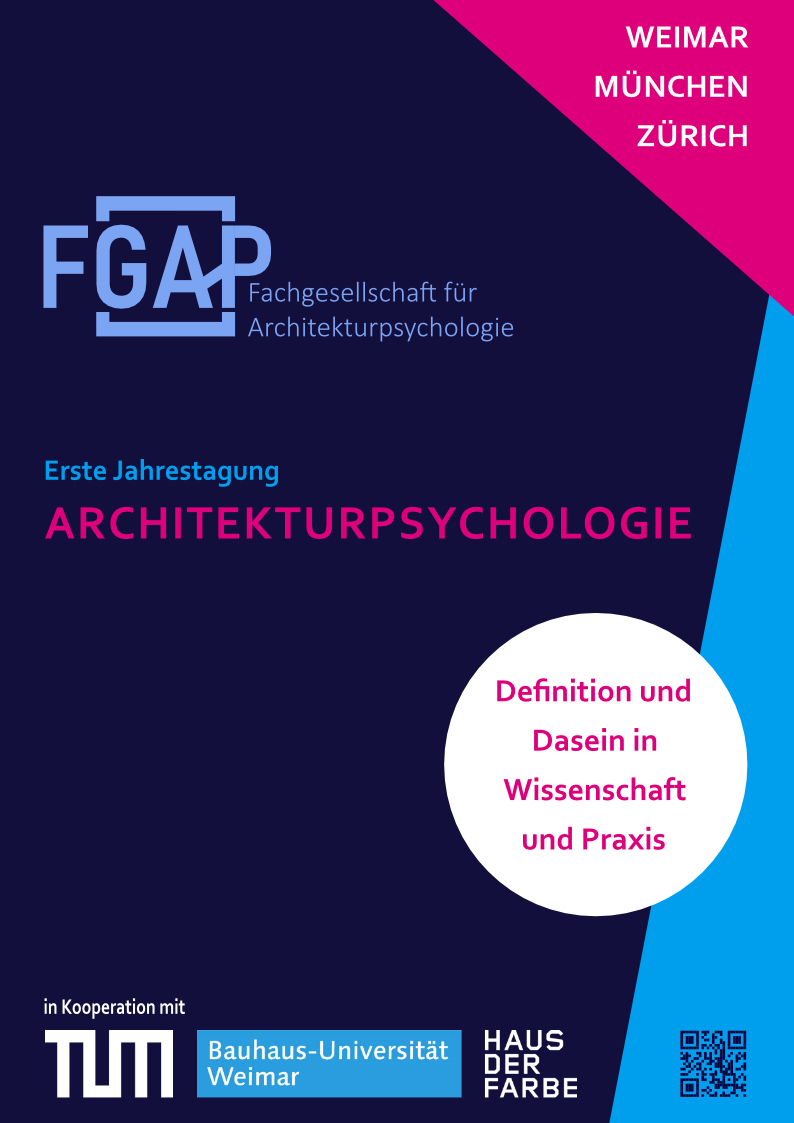
Color concepts for existing interiors
Color in interiors not only has aesthetic and symbolic functions, but color design also has a very concrete effect on the well-being and performance of users. The development of color concepts for existing rooms that take these aspects into account takes place in four phases: a workshop in which the target group is defined, an on-site survey and documentation of the rooms to be designed, the actual concept and, last but not least, the sampling.
White is the only color whose use in architecture and interior design requires no justification. This view, which has now become a convention, is also reflected in the practice of renting apartments. According to a supreme court ruling, tenants are not obliged to return rented rooms in white when they move out, but they must choose colors that almost all prospective tenants will accept [1]. Since all chromatic colors and even black and gray harbor a potential for conflict that should not be neglected, it is therefore not surprising that white is the predominant color in new and existing buildings today.
The managing director of a large German painters’ association assured me that his members use the “woodchip wallpaper white” standard in over 90 percent of all interiors. Most painting companies today are therefore neither required nor able to develop professional color concepts. And at training courses, I keep finding that it’s hardly any different for planners.
The right colors add value to any existing interior
Why should we still dare to use “more colors in construction” today? Quite simply because colors are essential for people’s quality of life, health and motivation to work. Colors can also increase the value of any property. However, it is important to choose the right colors that suit the users, but also the type and purpose of use.
In the past, architectural color had precisely this function. Historic dyes, pigments and binders as well as craftsmanship techniques are therefore just as important for the preservation of historical monuments as the faithful restoration of the original color concept.
But colors not only serve to preserve the past, they are also of great value for the present. They provide orientation and give our living spaces an unmistakable identity. Colors are an attractive advertising medium, because the longing for beauty is in our nature. At the same time, colors are also a status symbol. They provide information about characteristic environmental features, the socio-cultural milieu and give the built environment its value. The right colors promote our well-being, increase our performance and are good for our health. Hence Le Corbusier’s statement: “In architecture, color is just as powerful a means as the ground plan and the section. Or rather: polychromy, a component of the ground plan and the section itself.”
Positive benefits of architectural color can be empirically proven
Read the full article: B+B Building in existing buildings


